

World Heritage Sites
designated by
UNESCO
the World Heritage Committee has inscribed 890 properties on the World Heritage List
The following are some additional ones I have visited:
|
Budapest, the Banks of the Danube and the Buda Castle Quarter, Hungary |

Buda hills
This site has the remains of monuments such as the Roman city of Aquincum and the Gothic castle of Buda, which have had a considerable influence on the architecture of various periods. It is one of the world's outstanding urban landscapes and illustrates the great periods in the history of the Hungarian capital.
| Agra Fort , India |
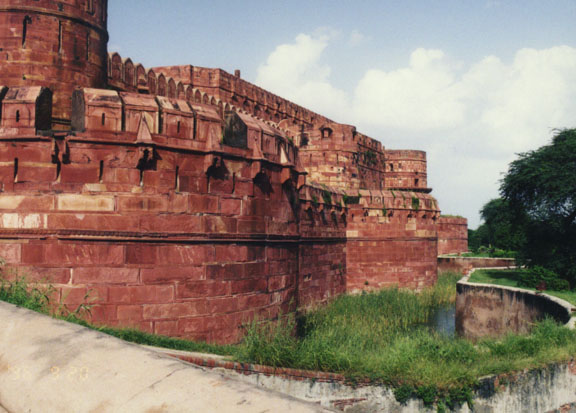
Mughal Palace, the Red Fort of Agra
Near the gardens of the Taj Mahal stands the important 16th- century Mughal monument known as the Red Fort of Agra. This powerful fortress of red sandstone encompasses, within its 2.5- km-long enclosure walls, the imperial city of the Mughal rulers. It comprises many fairy-tale palaces, such as the Jahangir Palace and the Khas Mahal, built by Shah Jahan; audience halls, such as the Diwan-i-Khas; and two very beautiful mosques.
| Taj Mahal, India |
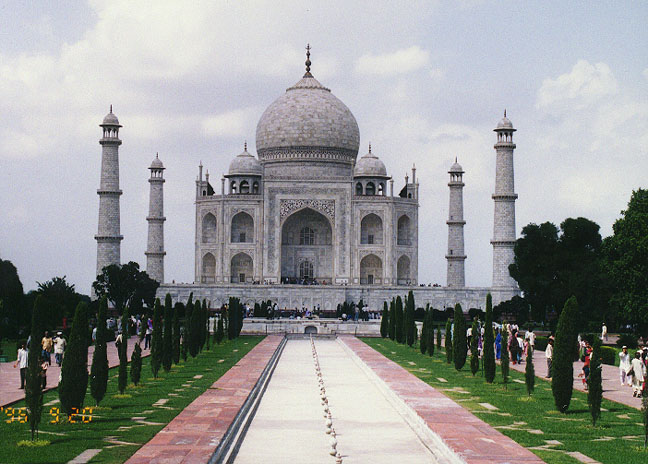
Taj Mahal
An immense mausoleum of white marble, built in Agra between 1631 and 1648 by order of the Mughal emperor Shah Jahan in memory of his favourite wife, the Taj Mahal is the jewel of Muslim art in India and one of the universally admired masterpieces of the world's heritage.
| Churches and Convents of Goa, India |
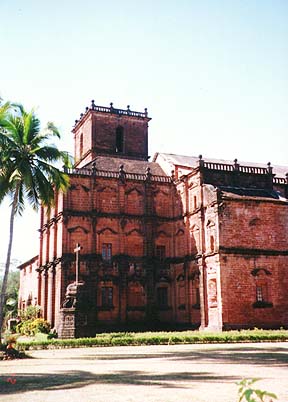
Church of San Xavier
The churches and convents of Goa, the former capital of the Portuguese Indies - particularly the Church of Bom Jesus, which contains the tomb of St Francis-Xavier - illustrate the evangelization of Asia. These monuments were influential in spreading forms of Manueline, Mannerist and Baroque art in all the countries of Asia where missions were established.
| Humayun's Tomb, Delhi, India |

Humayun's Tomb
This tomb, built in 1570, is of particular cultural significance as it was the first garden-tomb on the Indian subcontinent. It inspired several major architectural innovations, culminating in the construction of the Taj Mahal.
| The Sun Temple, Konarak India |

sun god Surya's chariot
On the shores of the Bay of Bengal, bathed in the rays of the rising sun, the temple at Konarak is a monumental representation of the sun god Surya's chariot; its 24 wheels are decorated with symbolic designs and it is led by a team of six horses. Built in the 13th century, it is one of India's most famous Brahman sanctuaries.
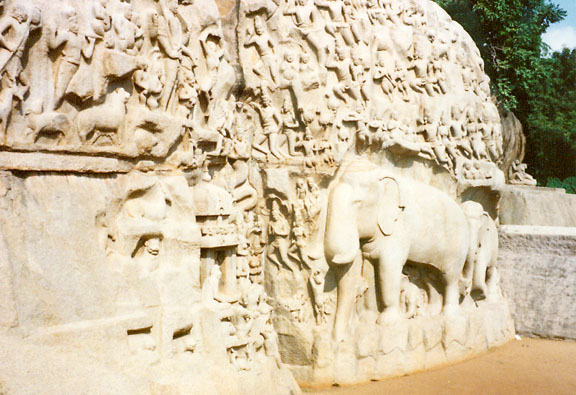
Arjuna's penance
This group of sanctuaries, founded by the Pallava kings, was carved out of rock along the Coromandel coast in the 7th and 8th centuries. It is known especially for its rathas (temples in the form of chariots), mandapas (cave sanctuaries), giant open-air reliefs such as the famous 'Descent of the Ganges', and the temple of Rivage, with thousands of sculptures to the glory of Shiva.
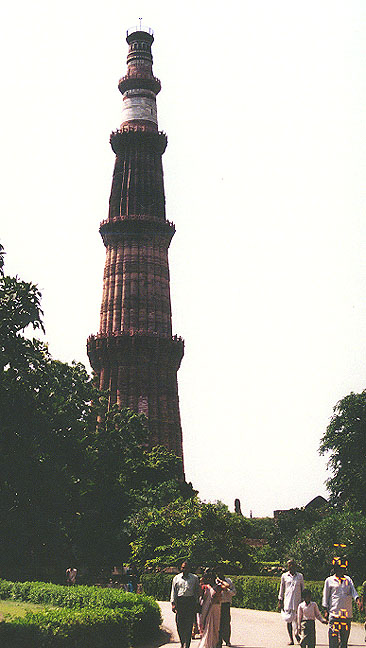
Qutb Minar (1193-1368)
Built in the early 13th century a few kilometres south of Delhi, the red sandstone tower of Qutb Minar is 72.5 m high, tapering from 2.75 m in diameter at its peak to 14.32 m at its base, and alternating angular and rounded flutings. The surrounding archaeological area contains funerary buildings, notably the magnificent Alai-Darwaza Gate, the masterpiece of Indo-Muslim art (built in 1311), and two mosques, including the Quwwatu'l-Islam, the oldest in northern India, built of materials reused from some 20 Brahman temples.

Narrow gauge railroad to Darjeeling
The Darjeeling Himalayan Railway is the first, and still the most outstanding, example of a hill passenger railway. Opened in 1881, it applied bold, ingenious engineering solutions to the problem of establishing an effective rail link across a mountainous terrain of great beauty. It is still fully operational and retains most of its original features.
| Borobudur Temple Compounds, Indonesia |
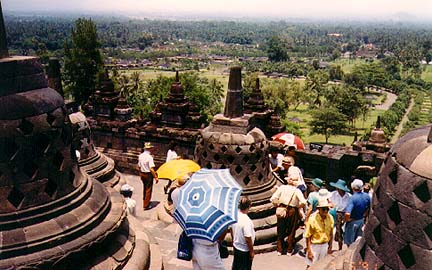
"Stupas" shape configurations containing statues of Buddha
This famous Buddhist temple, restored with UNESCO's help, is built in three layers - a pyramidal base with five concentric square terraces, a cone with three circular platforms and at the top, a monumental stupa. The walls and balustrades are decorated with bas-reliefs, covering a total surface of 2,500 square metres. Around the circular platform are seventy-two openwork stupas, each containing a statue of Buddha.

Komodo Dragon (varanus komodoensis)
These volcanic islands are inhabited by a population of around 5,700 giant lizards, whose appearance and aggressive behaviour have led to them being called 'Komodo dragons'. They exist nowhere else in the world and are of great interest to scientists studying the theory of evolution. The rugged hillsides of dry savannah and pockets of thorny green vegetation contrast starkly with the brilliant white sandy beaches and the blue waters surging over coral.
| Persépolis, Iran |
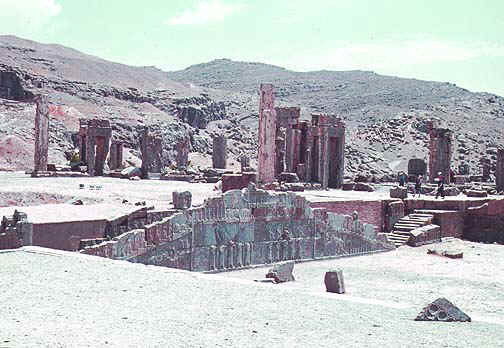
Ancient
capital of Persepolis,
which was sacked by the invading Alexander the Great
Founded by Darius I in 518 B.C., Persepolis was the capital of the Achaemenid Empire. It was built on an immense half- artificial, half-natural terrace, where the king of kings created an impressive palace complex inspired by Mesopotamian models. The importance and quality of the monumental ruins make it a unique archaeological site.
| Meidan Emam, Esfahan, Iran |

Entrance to a Mosque in Esfahan
Built by Shah Abbas I the Great at the beginning of the 17th century, and bordered on all sides by monumental buildings linked by a series of two-storeyed arcades, the site is known for the Royal Mosque, the Mosque of Sheykh Lotfollah, the magnificent Portico of Qaysariyyeh and the 15th-century Timurid palace. They are an impressive testimony to the level of social and cultural life in Persia during the Safavid era.
| Masada, Israel |
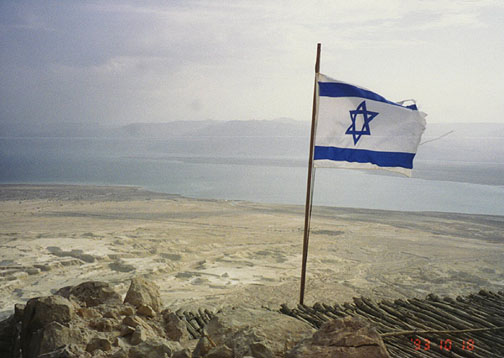
flag over Masada
Masada is a rugged natural fortress, of majestic beauty, in the Judaean Desert overlooking the Dead Sea. It is a symbol of the ancient kingdom of Israel, its violent destruction and the last stand of Jewish patriots in the face of the Roman army, in 73 A.D. It was built as a palace complex, in the classic style of the early Roman Empire, by Herod the Great, King of Judaea, (reigned 37 – 4 B.C.). The camps, fortifications and attack ramp that encircle the monument constitute the most complete Roman siege works surviving to the present day.
| Old City of Acre, Israel |
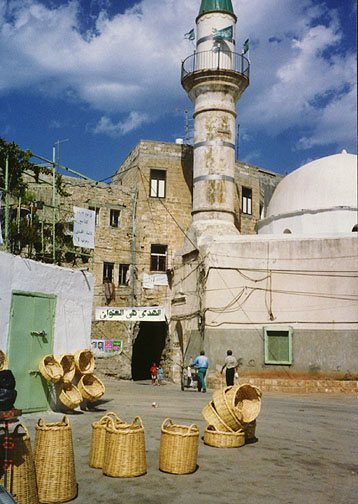
minaret in old town
Acre is a historic walled port-city with continuous settlement from the Phoenician period. The present city is characteristic of a fortified town dating from the Ottoman 18th and 19th centuries, with typical urban components such as the citadel, mosques, khans and baths. The remains of the Crusader town, dating from 1104 to 1291, lie almost intact, both above and below today's street level, providing an exceptional picture of the layout and structures of the capital of the medieval Crusader kingdom of Jerusalem.
My Life List of World Heritage sites I have visited
![]()
Return to Favorite Experiences page
![]()